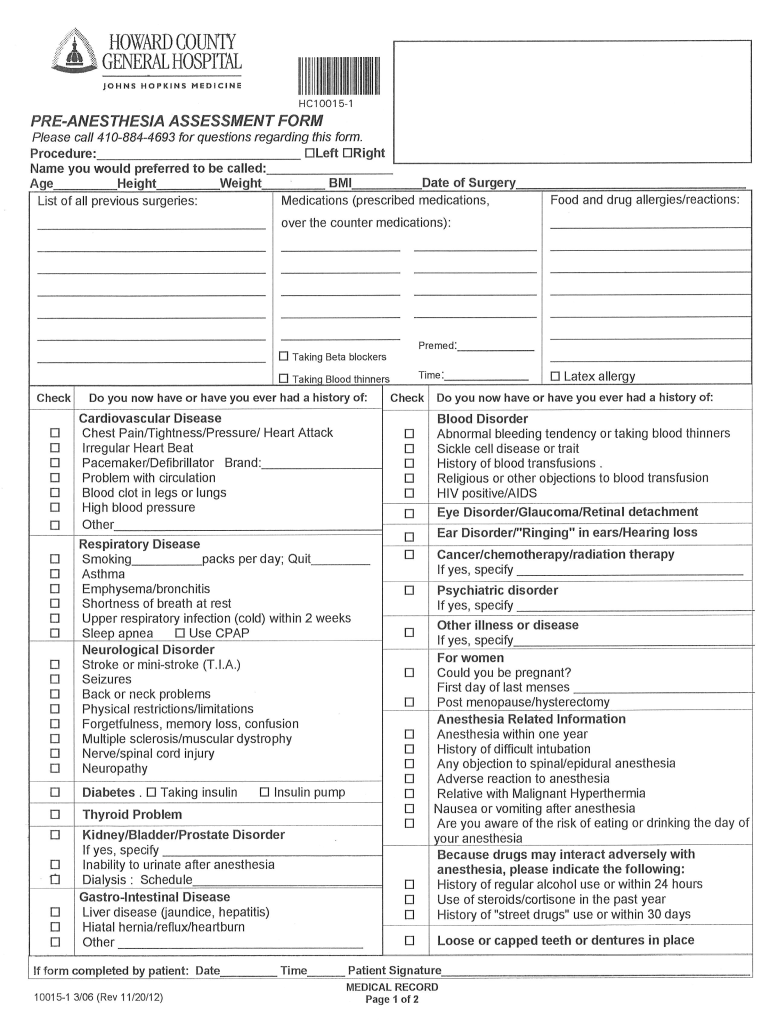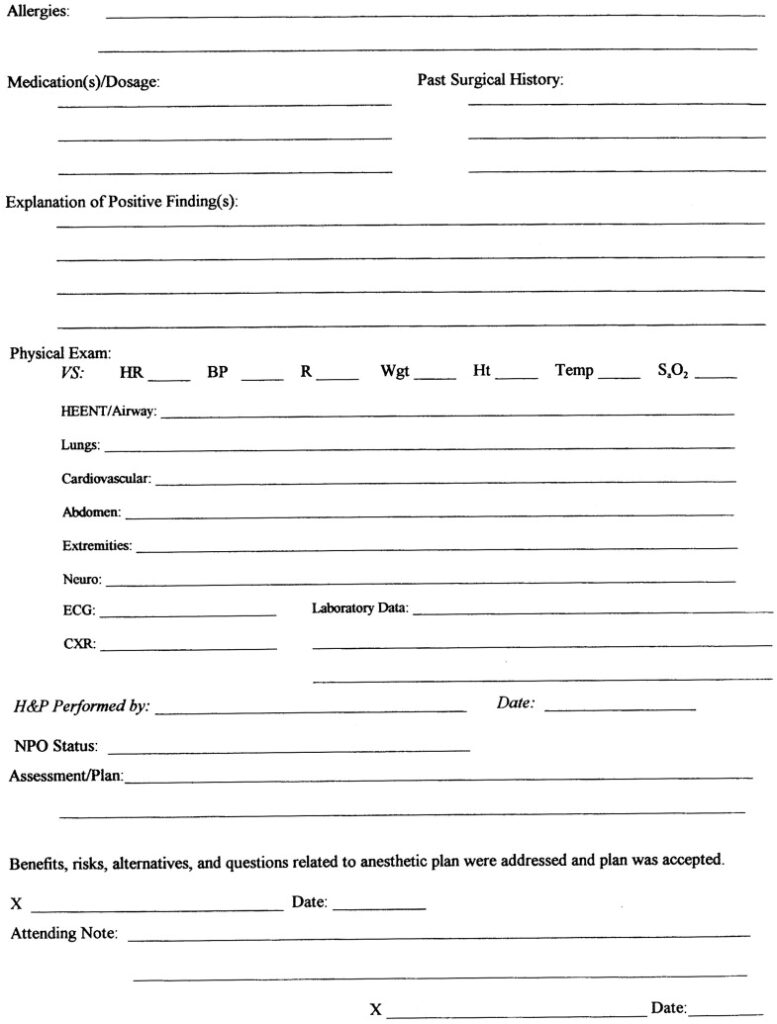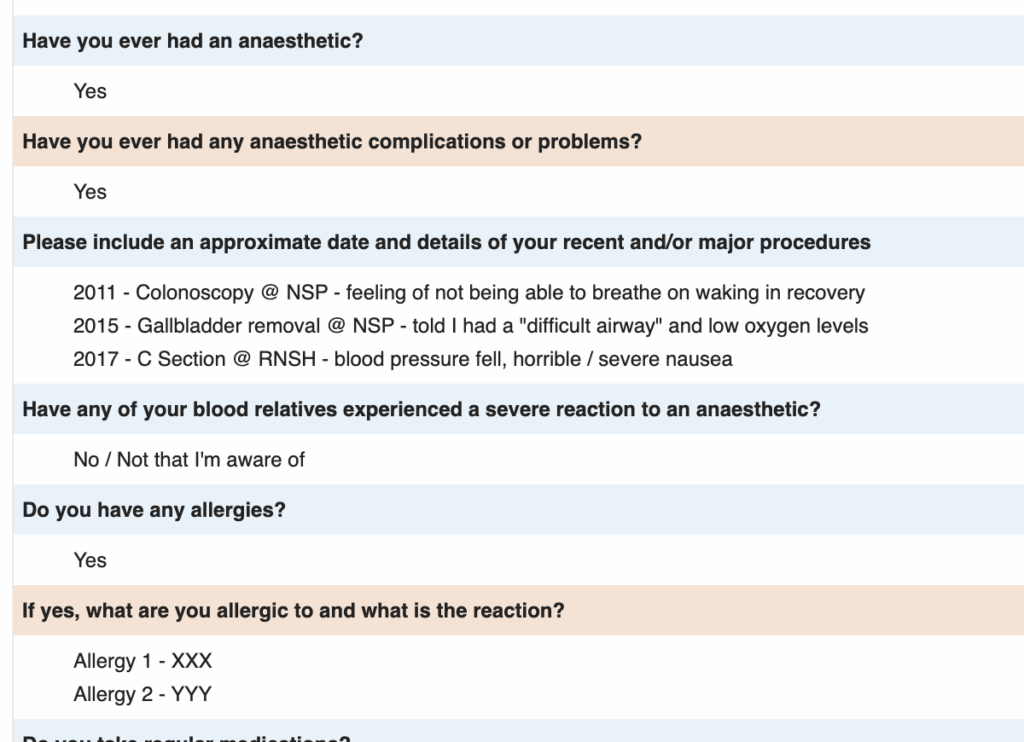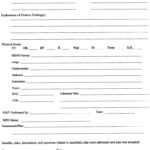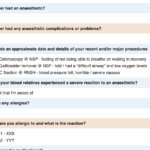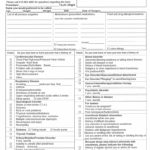When it comes to administering anesthesia, having a well-thought-out plan that includes special techniques and a detailed preoperative form is crucial for ensuring patient safety and successful outcomes. An effective anesthesia plan not only takes into account the patient’s medical history and current health status but also considers any unique challenges or requirements that may be present during the surgical procedure.
One key aspect of an anesthesia plan is the use of special techniques to address specific patient needs. This could include adjusting the type or dosage of anesthesia based on factors such as age, weight, or existing medical conditions. Special techniques may also be necessary for patients with allergies or sensitivities to certain medications, as well as those who require a more tailored approach due to complex health issues.
Anesthesia Plan Special Techniques Preop Form
Benefits of Using a Preoperative Form
Another important component of an anesthesia plan is the completion of a comprehensive preoperative form. This form serves as a valuable tool for gathering essential information about the patient’s health history, medications, allergies, and any previous experiences with anesthesia. By carefully reviewing this information, anesthesiologists can identify potential risks or complications that may arise during the procedure and make necessary adjustments to the anesthesia plan.
Using a preoperative form also helps to streamline communication between the anesthesia team, surgeon, and other healthcare providers involved in the patient’s care. By clearly documenting important details in advance, everyone can work together more effectively to ensure a safe and successful surgical experience. Additionally, having a standardized preoperative form in place can help to improve consistency and quality of care across different healthcare settings.
Conclusion
In conclusion, developing an anesthesia plan that includes special techniques and a detailed preoperative form is essential for providing safe and effective anesthesia care. By tailoring the anesthesia plan to meet the unique needs of each patient and thoroughly reviewing their health history and risk factors, healthcare providers can minimize the potential for complications and ensure a smooth surgical experience. Using standardized forms and protocols can also help to improve communication and coordination among members of the healthcare team, ultimately leading to better outcomes for patients undergoing anesthesia.
Overall, investing time and effort into creating a thorough anesthesia plan can make a significant difference in the safety and success of surgical procedures, benefiting both patients and healthcare providers alike.
Download Anesthesia Plan Special Techniques Preop Form
Anaesthetic Preoperative Assessment Form Ideas
Anesthesia Form Fill Online Printable Fillable Blank PdfFiller
